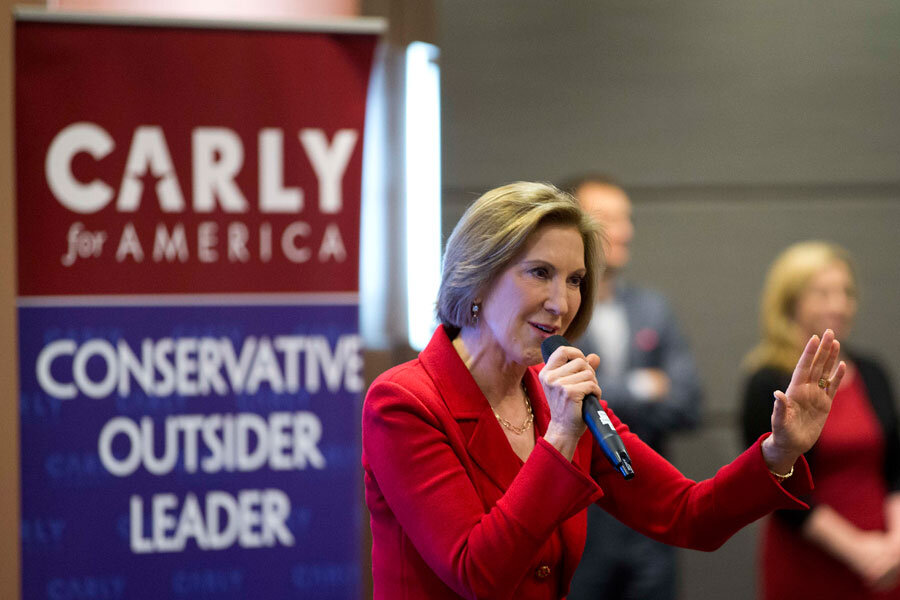Why are some voters backing both Fiorina and Clinton?
Regardless of the political differences between presidential candidates Carly Fiorina and Hillary Clinton, some voters have decided to financially back both female candidates to increase the probability of a female president in 2016.
The political website The Hill interviewed 17 people who have already donated substantial amounts to both campaigns.
“Any woman who has something meaningful to say and takes that risk has my attention,” Julia Copeland, a lawyer at HMP Law Firm in South Carolina who gave $1,000 to Clinton and $500 to Fiorina, told The Hill.
And while women make up a larger electorate, women typically lag behind men in campaign contributions. Only 30 percent of big donors are women, and the average contribution from these females is far less than that of their male counterparts.
There may be differences in monetary donations, but the majority of both men and women say America is ready for a female Commander in Chief. According to a YouGov poll in March, 66 percent of men and 67 percent of women said America was ready to elect a woman president.
“I believe in female leadership, and I wanted to help both female candidates in the political arena right now,” Patricia Lizarraga, a managing partner for the New York private equity firm Hypatia Capital Group, told The Hill. Ms. Lizarraga has donated $500 to both Clinton and Fiorina.
But will voters sacrifice principles for gender?
Experts answer no, suggesting these 17 donors are the exception and not the rule. While male voters are split between the two parties, the majority of women have traditionally identified as Democrats.
Hillary Clinton is in first place with 52.6 percent of her campaign contributions coming from women. But Bernie Sanders, the current Democratic runner-up, holds second place for female donors with 37.6 of his contributions coming from women. And the Republican Fiorina comes in third with 33.3 percent of female donors.
The same YouGov poll suggests Democrats are more ready than Republicans for a female president: 79 percent of Democrats say the US is ready to elect a woman, compared to 53 percent of Republicans. And when it comes to personal opinion, the difference is even greater: 88 percent of Democrats “hope” for a female president in their lifetime, compared to 34 percent of Republicans.
But the 2012 presidential election, when President Obama won women by 12 percentage points over the Republican candidate Mitt Romney, proves the importance of gender to some Republicans.
“Many Republicans will see [Fiorina], even if she’s not the nominee, as that magic key that can unlock the gender gap,” Bruce Haynes, president of Purple Strategies, a Republican consulting firm, told The New York Times. “That’s a challenge that many have feared has been set in concrete over time.”
So while these 17 dual donors may not exist within a larger trend, it suggests the power of candidates’ gender.
“I would like to see a woman president,” says Keith Poole, a political science professor at the University of Georgia who has donated $1,000 to Clinton and $400 to Fiorina. “I think it would be good for the country.”







